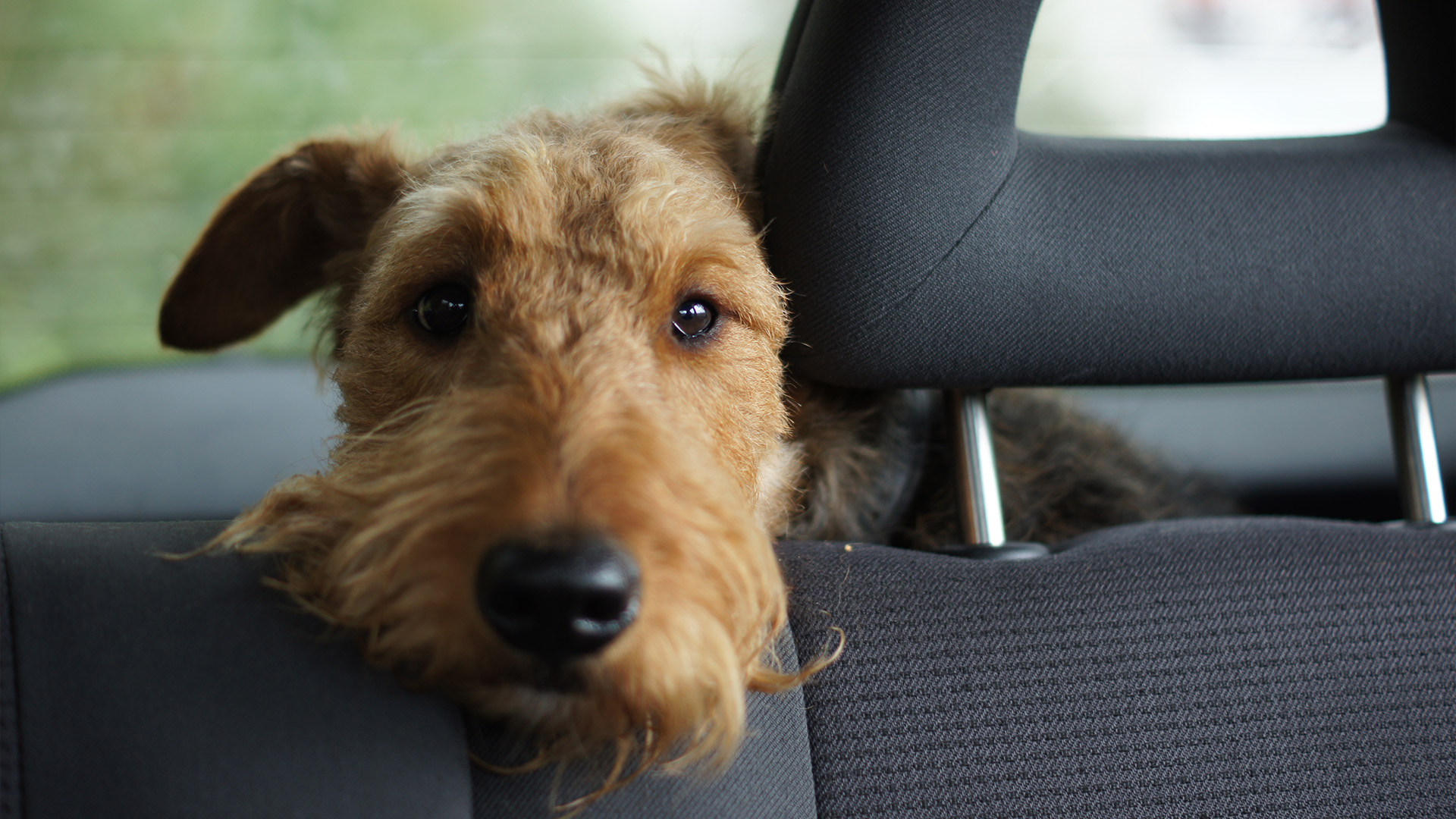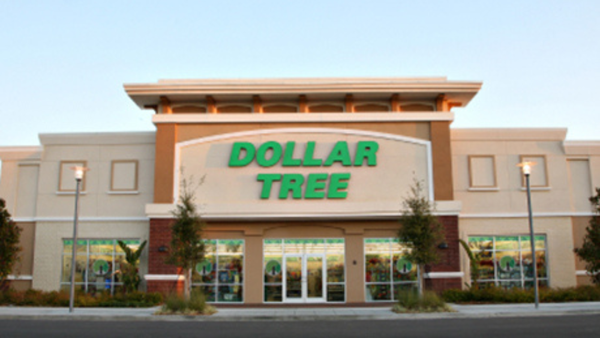
Whether you’re a keen traveler and love to bring your dog along or you limit your pup’s time in the car to the necessities – like vet visits – there’s probably going to be times when you and your dog will need to hit the road.
But car travel can be unpleasant for dogs. Even if you try to make it as nice as possible, bringing along their favorite toys and making it comfortable for them, your pooch might experience issues like anxiety and motion sickness.
It can be difficult to tell whether your dog is happy in the car, however, and that’s why UK vehicle lease firm Select Car Leasing has teamed up with certified canine behaviorist Caroline Wilkinson, founder of Barket Place, and Claire Harris, founder of professional pet taxi service Pets 2 Place, to offer us all some valuable advice about traveling with dogs.
According to Wilkinson, a quiet dog is not necessarily a content dog.
“Some dogs are very clear – they’re going to whine, moan, and yap when they’re unhappy in the car – but others are more passive.”
Among the signs dog parents might miss, particularly when focusing on the road or trying to manage children in the car too, are panting, drooling, yawning and lip or nose licking.
“We need to always be able to check in on our dogs during a car trip because if you miss those signs of anxiety, the dog becomes more and more hesitant each time you get in the car,” Wilkinson adds. “If the dog is traveling in the trunk, invest in a mirror or even a camera, so that you can see what’s going on back there.”
If a dog has any issues with car travel, they won’t simply get over them over time.
“If you only go on one long journey a year with your dog there’s a temptation to think, ‘Ah, we’ll just put up with them being nervous,’ says Wilkinson. “But that can have a huge knock-on effect on all the other shorter journeys you also have to make.”
So, what can we do to help them? Harris urges dog parents to invest in crash-tested pet transport equipment (like this one on Amazon), for the safety of everybody in the car. Don’t let your dog travel in the front seat, either, as they’re more likely to cause a distraction there, and ensure that they’re restrained when you arrive at your location so they don’t jump out and risk injury.
“If you’re using a dog car harness to secure your dog in the back seat,” Harris adds, “Be really mindful that when the buckle clips together it can be really loud, with that ‘click’ sound often situated just behind your dog’s ears. It could startle the dog – perhaps even make them jump – and if you notice this happening you might want to switch to a different harness or consider a travel crate instead.”
Among the other advice they offer is never to put a dog coat underneath a harness, avoid giving your dog a big meal in the couple of hours leading up to the trip, and provide them with plenty of water. By keeping your dog safe, hydrated, and cool in the car, they’re more likely to have a more pleasant trip.
Research has also shown that dogs prefer traveling in electric vehicles, too.
Here’s more advice about how to travel with a dog as well as seven dog car safety tips







